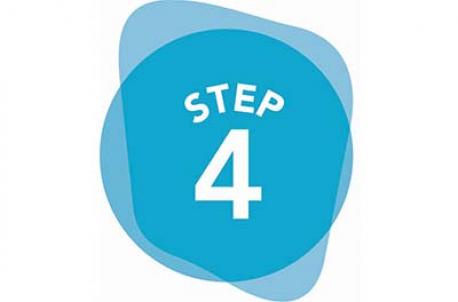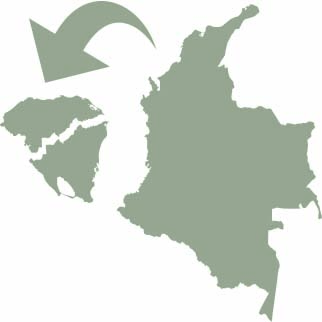
How can you adjust to necessary changes in direction?
How can you track these changes?
How can you capture real-time evidence of results?
As you navigate the implementation terrain, change objectives may shift (especially in more complex situations). So will the indicators you initially identified with your participants. Unexpected results may also emerge. That is why it is critical to capture results as they happen. Doing so will help you and your participants know whether you’re on the right path or need to take another route.
Find simple ways to document milestones, highlights, and lessons. Consider the following as you begin implementation:
- Is the effort to capture more than the value of what you can get?
- How will you use this information once you’ve collected it?
- What decisions can be made based on this information?

Keep it simple! Lots will happen in the course of a single knowledge exchange. You can’t capture it all.
If you systematically document and organize findings as you implement, you will
- dramatically reduce the time you spend in post-implementation reporting.
- help translate new learning and experience into future planning and action.
- facilitate future check-ins and progress tracking with participants and key stakeholders.
Here are a few simple ways to gather feedback during implementation.
- Get together over dinner and drinks with the group. This is the simplest (and tastiest) way to capture participants’ impressions. It also builds relationships and trust.
- Record your own impressions, including key decisions, in a simple journal or blog.
- Ask participants to share photos and videos after each activity. Lead by example. Create a group distribution list or community page to facilitate sharing. (See the Social Media Figure 3.)
- Include a documented after-action review process. (See Toolbox on page 83.)
- Seek regular feedback. Often the best feedback makes you rethink the plan. If possible, redesign with participants as a way of engaging them and empowering them in the process.
- When possible, use a shadow documenter to achieve objectivity.

Implementation is a full-time engagement, so do not expect to keep up with your regular work. Take care of any other urgent business up front and block out your schedule well in advance.

Tanzania and India Exchange — Documenting the Implementation Journey
The implementation journey was documented through
- journal notes.
- participant interviews.
- expert interviews.
- videos.
- reports.
- participant feedback sessions.
- a final survey.

Honduras, Nicaragua, and Colombia Exchange — Documenting the Implementation Journey
The implementation journey was documented through
- a baseline survey.
- notes.
- interviews.
- quotes from participants.
- pictures.
- videos.
- posters.
- reports.
- a final survey.

 China
China Colombia
Colombia Denmark
Denmark India
India Indonesia
Indonesia Mexico
Mexico Russian Federation
Russian Federation Spain
Spain United Kingdom
United Kingdom